This post may contain affiliate links.Please read our disclosure policy.
How to make authentic Pfeffernusse! These traditional German iced gingerbread cookies are made with white pepper, and cinnamon, and are a classic holiday treat.
If you’re getting ready for Christmas and need some tasty cookies to add to your baking list, you have to try this authentic German recipe!
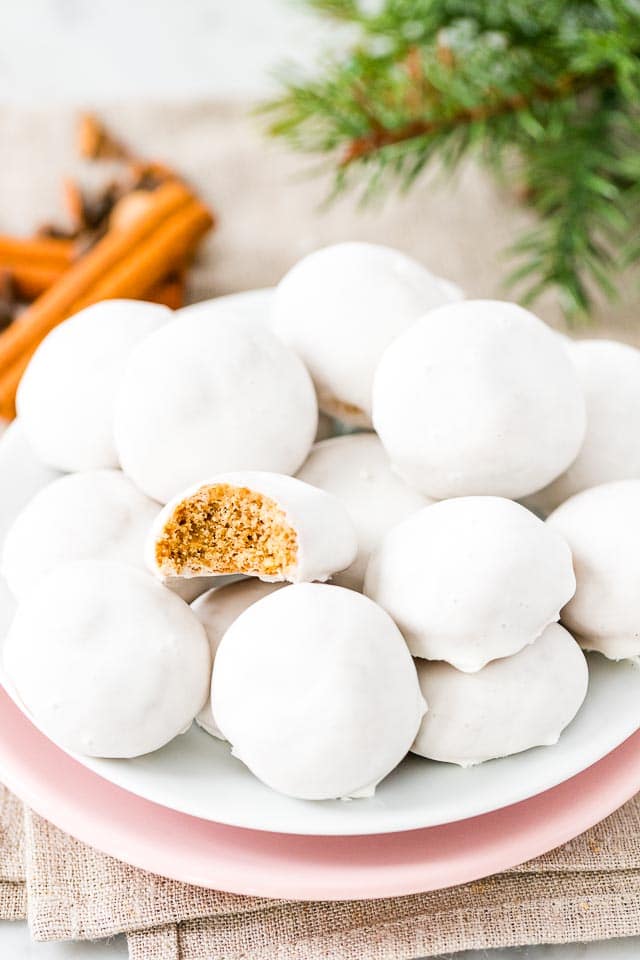
These traditional German Christmas cookies are similar to Lebkuchen, but they are smaller and have a unique glaze that hardens to a white coating while it dries and adds sweetness.
This recipe is as authentic as it can be without some of the unusual ingredients that you can only get in Germany like Pottasche (potash) and Hirschhornsalz (ammonium carbonate), which traditionally act as a leaving and are substituted with baking soda. In Germany, this recipe is also often made with Zuckerruebensyrup, which is similar to molasses but sweeter, instead of honey.
What are Pfeffernusse cookies?
Pfeffernusse or Peppernuts are small iced gingerbread cookies spiced with cinnamon, white pepper, allspice, and cloves. They get dipped into an eggwhite-based glaze after baking.
Where did they originate?
This recipe is popular in Germany, Denmark, and The Netherlands at Christmas time. They are called Pepernoten in Dutch, Pfeffernuesse in German, and pebernødder in Danish.
How to pronounce Pfeffernusse?
A lot of people have to do a double-take when they see the name written for the first time. The first part, “Pfeffer,” means pepper, and the second part, “Nuesse,” means nuts. The pronunciation is /ˈpfɛfə(ɹ)nuːsə/
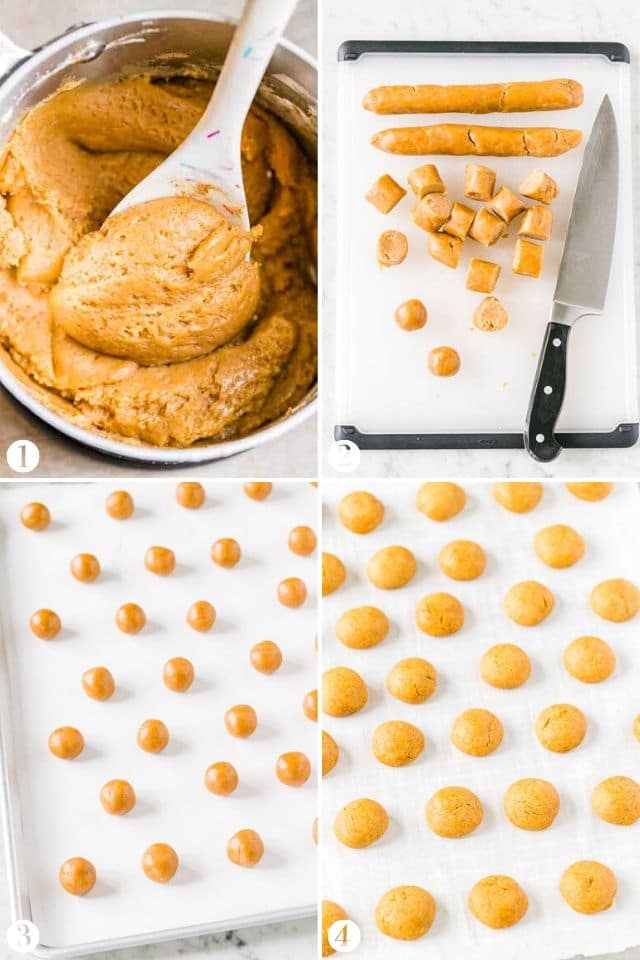
How to make Pfeffernusse
Detailed measurements and instructions can be found at the bottom of the page on the printable recipe card.
- Make the dough: Bring butter, honey, brown sugar, and spices to a boil. Take off heat and stir in flour mixture. Wrap dough and let rest overnight.
- Shape cookies: Divide dough into four parts, roll each into a log. Cut off into pieces and roll into balls.
- Place balls on a parchment paper-lined baking sheet.
- Bake: Bake in the lover half of the oven for 10-12 minutes.
More Christmas Cookie Recipes:
- Linzer Cookies – Cute sandwich cookies filled with jam
- Zimsterne (Cinnamon Stars) – A cross between a meringue and macaroon cookie
- Vanillekipferl (Almond Crescent Cookies) – Tender, melt in your mouth cookies, similar to Mexican wedding cookies
- Nut Corners (Nussecken) – These cookies get cut after baking
- Marzipan – Perfect as a filling but also tasty rolled into balls
- Meringue Cookies – Tips and tricks for the best meringue cookies
- Cornflake Cookies – easy no-bake cookies with a crunch
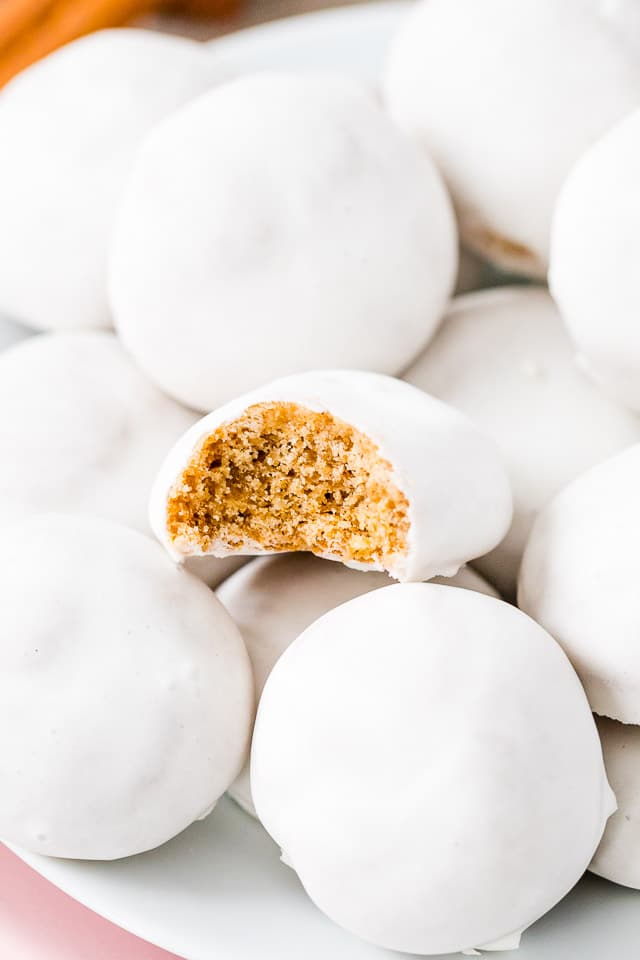
FAQ
How long are Pfeffernusse good? These cookies keep for weeks, stored in a cool place in an airtight container or metal tin.
Can you Freeze Pfeffernusse Cookies? Absolutely! Transfer them to an airtight container or ziplock bag and freeze for up to 3 months.
Where Can I buy Pfeffernusse? If you don’t want to make these cookies yourself, you can find them at ALDI during the Christmas season.
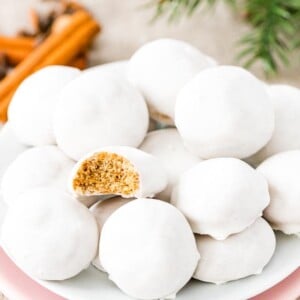
Pfeffernusse
Ingredients
For the Cookies:
- 2 cups all-purpose flour
- 1/2 tsp baking soda
- 6 Tbsp unsalted butter
- 1/4 cup honey
- 1/2 cup brown sugar
- 1/2 tsp cloves
- 1/2 tsp all-spice
- 2 tsp cinnamon
- 1/2 tsp finely ground white pepper
For the Glaze:
- 1 egg white
- 1 Tbsp honey
- 1 cup powdered sugar
Instructions
- In a measuring jug, combine flour and baking soda. Set aside.
- In a saucepan, combine butter, honey, brown sugar, cloves, all-spice, cinnamon, and finely ground white pepper. Bring to a boil, then take off the heat and quickly stir flour into the mixture. (See notes if the dough is crumbly)
- Let the dough cool to room temperature, then shape it into a ball and wrap it with plastic wrap. Refrigerate for 20-30 minutes.
- Preheat oven to 350 degrees F. Divide dough into four parts and roll each into a 1/2-inch thick log. Cut each log into 8 pieces and roll them into a small ball. Place balls on a parchment paper-lined baking sheet.
- Bake in the lover half of the oven for 10-12 minutes. Remove the baking sheet from the oven and immediately transfer cookies to a cooling rack. Let cookies cool to room temperature.
- To make the glaze: In a medium bowl, beat egg white with 1 tablespoon of honey. Gradually sift in 1 cup powdered sugar, mixing until smooth. Dip cookies in the glaze then place on a rack set up over a baking sheet until coating hardens.
Notes
- Make sure to measure the flour correctly. I recommend weighing the flour or using the spoon and level method if you use measuring cups.
- Take the mixture off the heat after it comes to a boil. You shouldn’t boil the mixture for an extended time otherwise you lose too much moisture.
- If the dough is crumbly after adding the flour add a few tablespoons of heavy cream until you have a shiny, wet-looking dough.
- Traditionally the dough should rest at least overnight but because this recipe uses baking soda and not Hirschhornsalz which is difficult to find outside of Germany the dough should be used right away after 30 minutes in the fridge.
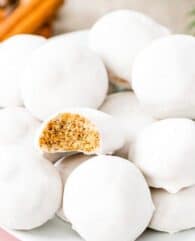
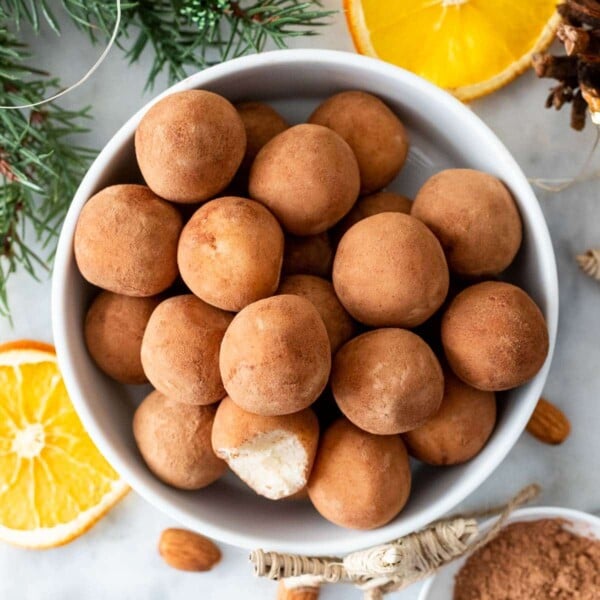
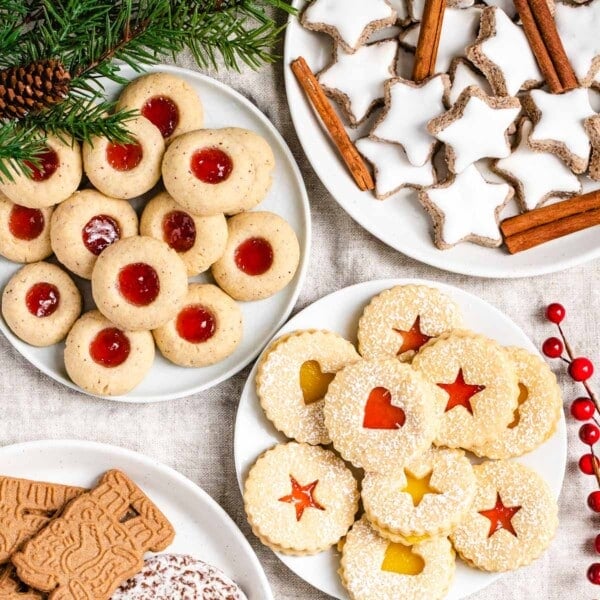
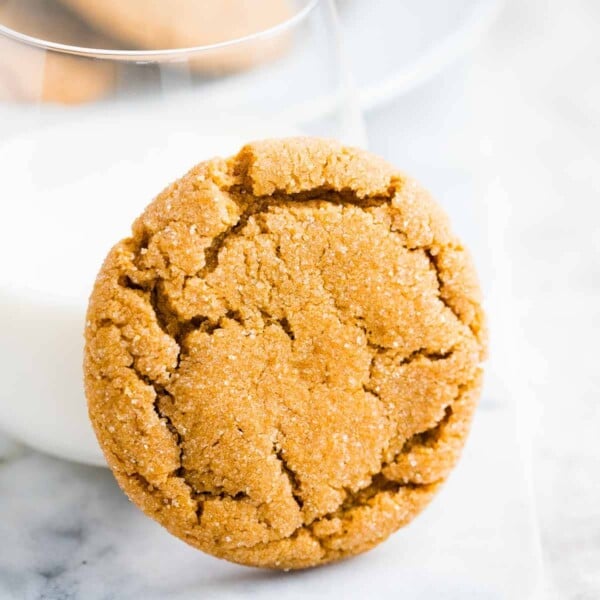
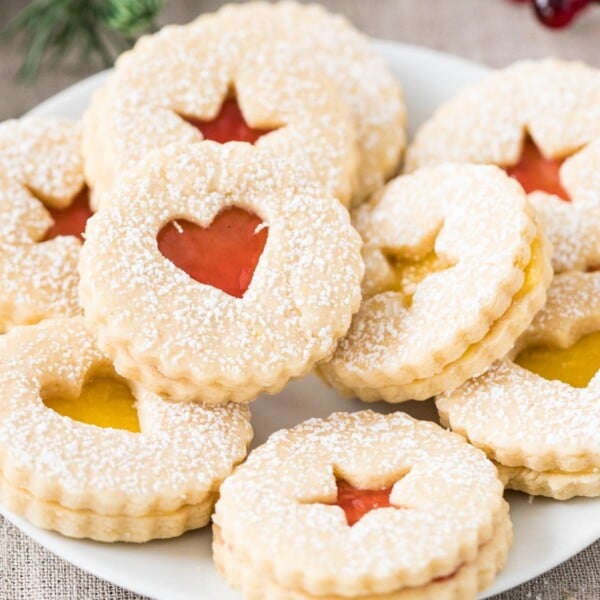






Ein Schmankerl! Made these as directed, adding two TBLs of cream. They tasted great, and were moist and dense as they were cooling – we ate several while still warm. But by a few hours later, they were rock-hard. I see you recommend storing them in an airtight container. These got hard so quickly, I didn’t have time to store them away. Any suggestions?
That’s normal, I made some a few days ago. Let them sit out at room temperature for a day and then put them in cookie tins. You can add a piece of apple and change it every few days. The apple helps them get softer.
I doubled the recipe and made it with gluten-free flour and coconut flour. Because of that I needed to add a couple of eggs. I also added cardamom and ginger. I added a bit of Kirschwasser to the glaze. They came out amazing. I will double the glaze next time (today). I am cooling the dough now. I added ground star anise as well as some spiced rum, molasses and brandy to the dough. I will add orange extract and Pinnacle Whipped vodka to the glaze. I used the last of the Kirschwasser on the last batch. I’m hopeful it will be as enjoyable if not even more so this time around. Thank you for sharing this recipe for one of my favorite cookies. We are enjoying!
My dough does not look like the one pictured. Did you add eggs? The recipe doesn’t list them except in the glaze.
The dough should definitely be sticky and not crumbly after you stir in the flour otherwise you used too much flour or cooked the honey-butter mixture too long. This recipe is very traditional and doesn’t use eggs.
I followed this recipe to a T…the dough was dry and crumbled. I wet my hands to get the dough to stick together and rolled into balls. I baked them and they did not puff up or change shape. Other recipes call for egg and or milk..did i miss something? I want to try again, but not waste ingredients.
The dough should be very sticky after making it (before refrigerating it). Too much flour can make it dry.
I recommend not scooping the flour but rather spooning into the measuring cup and leveling it off with a knife. If you scoop the flour you will end up with more than 2 cups since this method packs/condenses the flour.